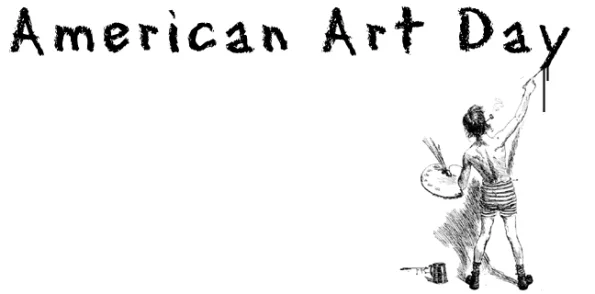Compared to most nations, America provides few holidays. Having been set up on Judeo-Christian principles, our democracy has evolved celebrating religious holidays, which have become traditional. Moreover, we all take time off from our routines to celebrate a few patriotic holidays such as the Fourth of July and Presidents’ Day. Our schedules often include recognition of unofficial holidays: Mother’s and Father’s Day, Valentine’s Day, even Sweetest Day. It almost seems as if greeting card companies and the flower trade have lobbied for more holidays to be declared, for instance, Secretary’s Day, to boost sales. The common denominator in all of these “Days of Honor” is our wish to recognize, even celebrate events and the achievements of individuals or groups who have contributed significantly to the history of this nation.
In fact, our usual routines have been suspended, put on the back burner, as it were, to commemorate these persons or events. And is this not a wonderful way to demonstrate our recognition as a nation, of the value of their contributions, frequently at sacrifices to their own well being? We need not reiterate the worth of unselfish contributions of the Revolutionary War heroes or Abraham Lincoln or Martin Luther King, Jr. because the impact of their careers has affected our lives so greatly.
But what about the value of the contributions of American artists? What about the worth of their careers, which many pursued unselfishly at extreme sacrifice? Surely our great public museums and private collections are testaments to the value of our nation’s artistic talents. Do our artists not deserve a national day of recognition?
How inestimable is the impact of Mrs. Freake and Baby Mary (ca. 1674), or John Singleton Copley’s “Paul Revere” (1770), “Penn’s Treaty with the Indians” by Benjamin West (1771), Gilbert Stuart’s 1796 “Athenaeum Portrait” of George Washington, which appears on the one-dollar bill, or George Caleb Bingham’s “Fur Traders Descending the Missouri” and William Sidney Mount’s “Dance of the Haymakers” (both 1845), Asher B. Durand’s “Kindred Spirits” (1849), Emanuel Leutze’s “Washington Crossing the Delaware” (1851), Frederic Church’s magnificent “Niagara”(1857), George Catlin’s “The White Cloud, Head Chief of the Iowas” or Albert Bierstadt’s “The Rocky Mountains”. (1863), or “The Gross Clinic” (1875) by Thomas Eakins, William Harnett’s “After the Hunt” (1885), John Sloan’s “Six O’Clock, Winter” (1912), or Charles Demuth, “My Egypt” (1927), or “Tornado over Kansas” by John Steuart Curry (1929), Grant Wood’s “American Gothic” (1930), or Georgia O’Keeffe’s “Cow’s Skull, Red, White and Blue” (1931), or Reginald Marsh’s “Tattoo and Haircut” (1932), or the Mount Rushmore presidential group by Gutzon Borglum (1930-41), or Edward Hopper’s “Night Hawks”? But while these are stunning, even famous examples of our nation’s greatest art, there are countless other works that are worthy of inclusion into the grand collective contribution given to this nation by our past talents.
I’m convinced that the work of these talents is altogether a great national treasure, well worth commencing a national holiday and all of the appropriate media hype that would go with such an honor. I’m not sure how Congress would react to such a proposal but there is little doubt that the people would join the celebration, if given the opportunity. Think about it. On such a holiday exhibitions of art would be curated, replete with special local and national themes. Celebration dinner parties could be arranged, speeches could be given, articles written, awards and scholarships announced and bands could play as the nation gives tribute to its artistic talents.
Surely it’s time to commemorate the contribution of our great makers whose icons, big and small, have virtually helped to fashion what we can now hail as American greatness.
